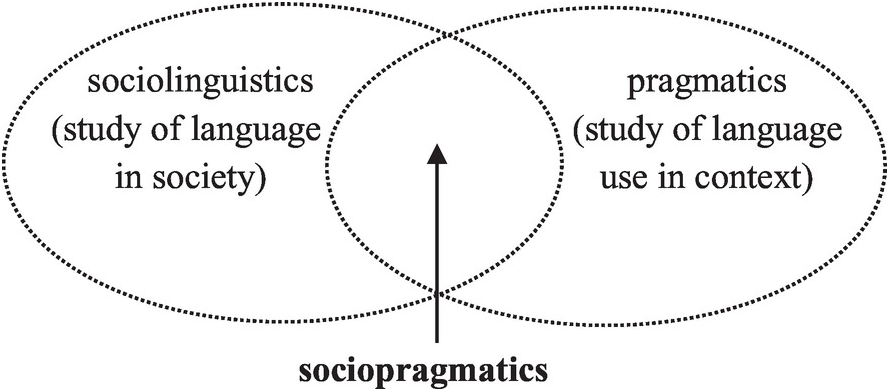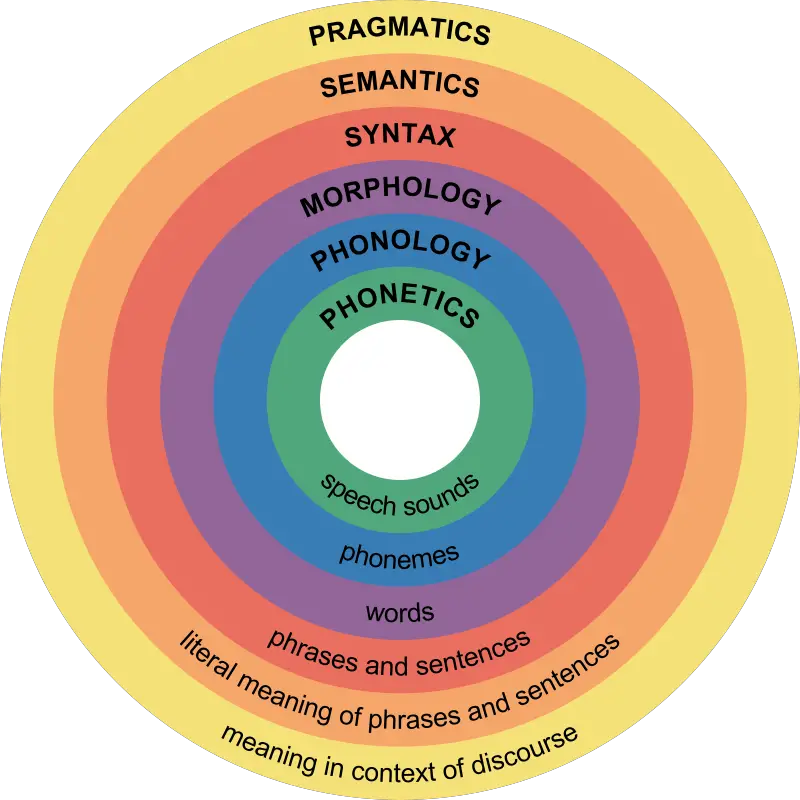Greetings, language enthusiasts! Today, we embark on an exploration of the captivating relationship between pragmatics and sociolinguistics. These two branches of linguistics, while distinct in their approaches, converge in their shared goal: unraveling the intricate tapestry of language in social contexts.
This post will therefore, explore the relationship between pragmatics and sociolinguistics, starting from their meanings, similarities and then their differences. Sociolinguistics can be thought of as the study of language in relation to society while pragmatics is concerned with the study of language use in relation to the social context.
Table of Contents
Pragmatics: The Study of Language in Use
At its core, pragmatics delves into the practical aspects of language, focusing on how meaning is constructed and interpreted in real-life interactions. It examines the nuances of context, including the speaker’s intentions, the listener’s inferences, and the cultural and social factors at play. Pragmatics is concerned with the ‘how’ of communication, shedding light on phenomena like implicature, speech acts, and politeness strategies.
Studies in pragmatics over the years have revealed interesting insights in the interfaces of Pragmatics and Sociolinguistics, showing how speech acts are performed in conversations and how speakers in socio-cultural contexts adopt pragmatic principles to encode meaning to achieve certain results on the mind of their hearers. Sociolinguistic variables such as age, social class, status, education etc. often influence what kind of speech act or indirect speech acts that are performed.

Sociolinguistics: The Language-Society Nexus
Sociolinguistics, on the other hand, zooms out to explore the broader social dimensions of language. It investigates how language varies and changes across different social groups, regions, and contexts. From analyzing dialects and accents to studying language attitudes and multilingualism, sociolinguistics offers valuable insights into the complex relationship between language and society.
Sociolinguistics cuts across many levels of linguistics and due to the many areas of common interests that the two disciplines share, it has been very difficult to draw a clear boundary between them. Some scholars believe that pragmatics is in fact a sub-field of sociolinguistics.
In studying language in its social context, two important functions of language come to the fore: (i) language or speech is used as a means of communication (ii) it is used as a means of identifying social groups. These two functions are performed on definite social contexts, beliefs, cultures and world views. These variables in turn influence linguistic choices and what pragmatic implications these choices may have.
Shared Foundations: Pragmatics and Sociolinguistics in Harmony
While pragmatics and sociolinguistics may seem distinct, they share foundational concepts. Both emphasize the importance of context, recognizing that meaning is not solely derived from words but is shaped by situational factors. Moreover, both fields acknowledge the dynamic nature of language, with pragmatics focusing on micro-level interactions and sociolinguistics zooming out to macro-level societal patterns.
These complementary roles clearly reveal that sociolinguistics has contributed immensely to certain areas of pragmatics especially the study of speech acts and social deixis. However, pragmatics has much to contribute to sociolinguistics. In trying to understand the social significance of patterns of language use, Levinson (1983) suggests that it is important to understand the underlying structural properties and processes that constrain verbal interaction.
Distinctive Foci: Navigating the Pragmatic and Sociolinguistic Landscape
Pragmatics, with its emphasis on the intricacies of communication, is concerned with the fine-grained details: the subtle cues, the unspoken implications. Sociolinguistics, in contrast, takes a broader view, examining language as a social construct. It investigates questions of identity, power dynamics, and language planning, providing a comprehensive understanding of language’s role in society.
Enriching Perspectives: Pragmatics and Sociolinguistics in Language Studies
The synergy between pragmatics and sociolinguistics is invaluable in language studies. By combining their insights, researchers can paint a holistic picture of language, capturing its intricacies at both micro and macro levels. This interdisciplinary approach not only enhances our theoretical understanding but also has practical implications, such as in language teaching, intercultural communication, and speech therapy.
Conclusion: The Ever-Evolving Journey of Pragmatics and Sociolinguistics
As language continues to evolve, so too will the domains of pragmatics and sociolinguistics. The relationship between the two fields is not static but rather dynamic, with each informing and enriching the other. By delving deeper into this fascinating intersection, we can unravel the complexities of language in social contexts, opening up new avenues for exploration and understanding.
Kindly visit and subscribe to our YouTube Channel: https://www.youtube.com/@DecrolyEducationCentre?sub_confirmation=1


